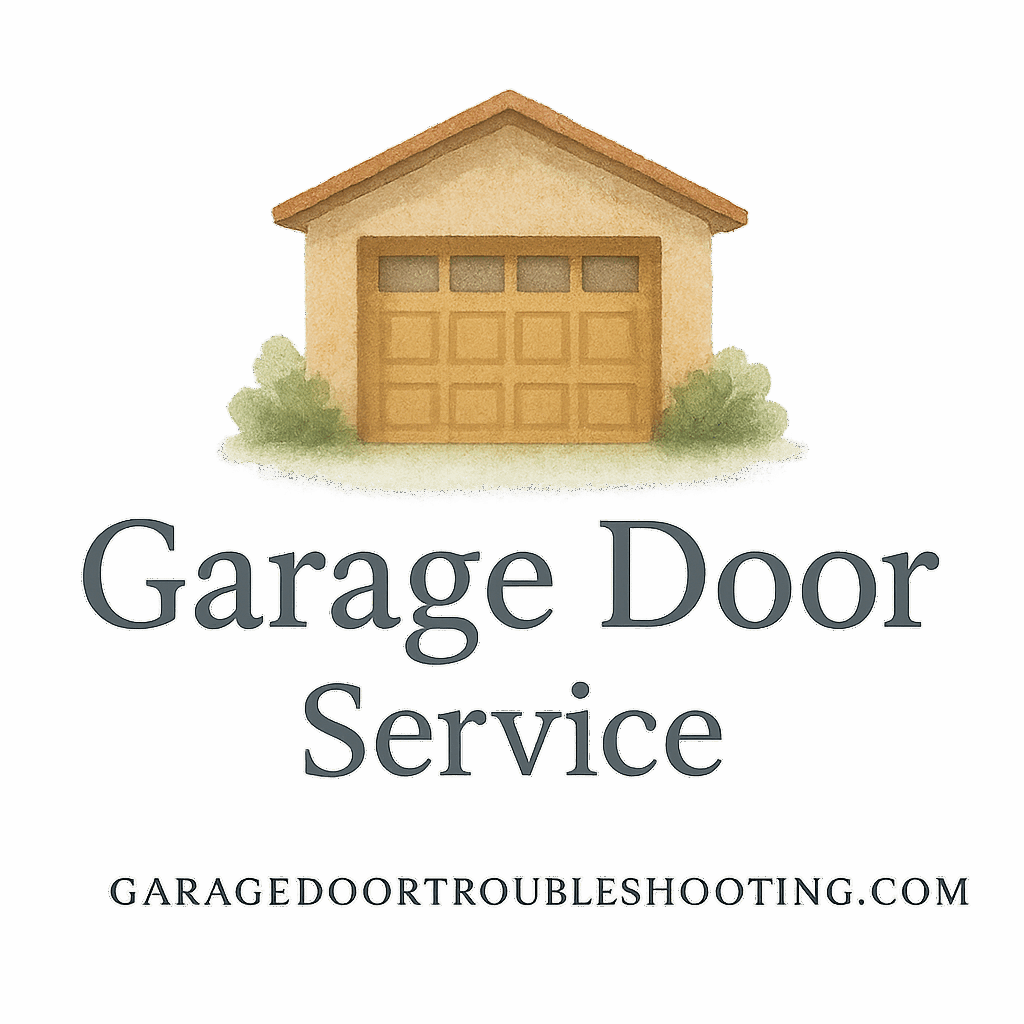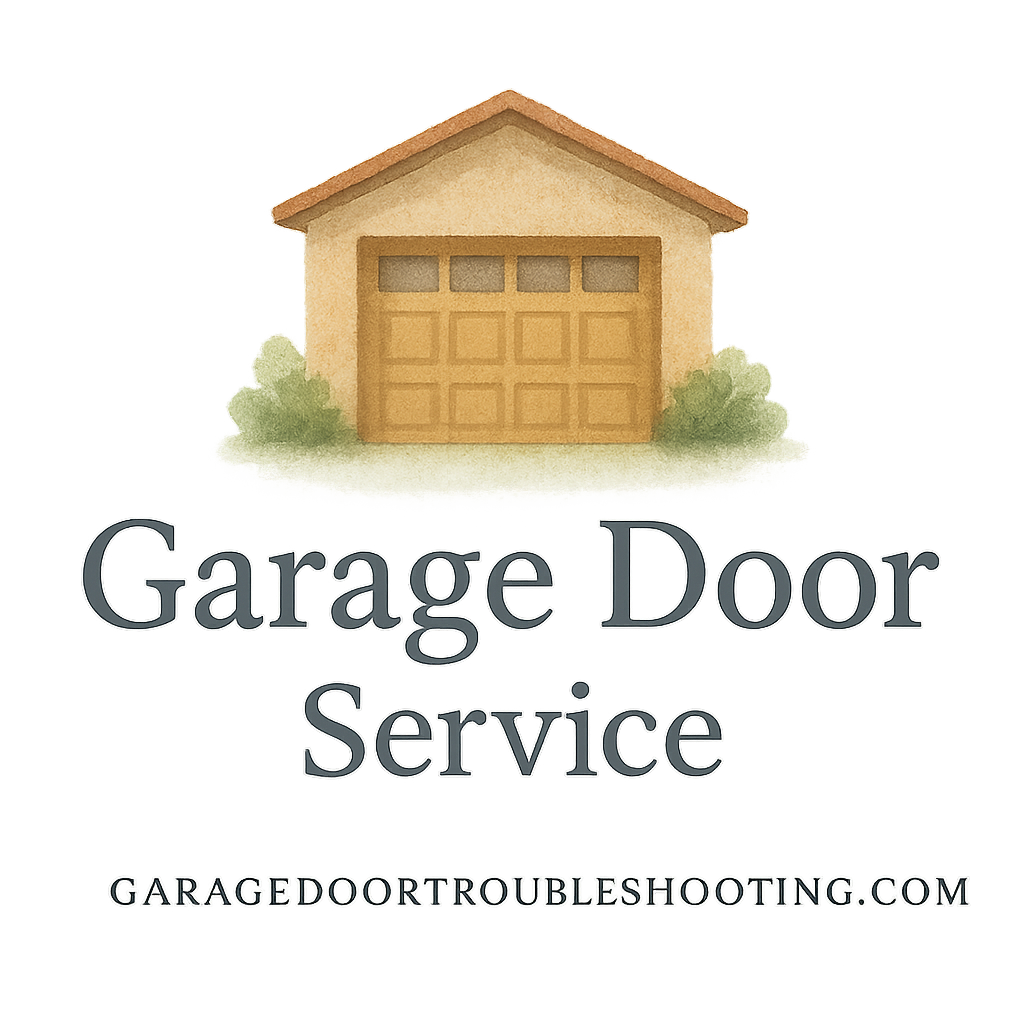Why DIY Garage Door Repairs Can Save You Money
If you’ve ever gotten a repair bill for your garage door, you know it can hit your wallet hard. The good news? Many repairs don’t require a professional if you’re willing to roll up your sleeves. By learning the basics of DIY garage door repairs, you can save money, extend the life of your door, and gain a sense of accomplishment.
The Benefits of Fixing Your Garage Door Yourself
Why hire someone when you can do it yourself? DIY repairs save on labor costs, let you learn new skills, and give you control over the quality of parts you use. Plus, minor fixes are often quicker than waiting for a technician to arrive.
Common Garage Door Problems You Can Tackle Without a Pro
Not every issue needs a service call. Some of the most common problems you can fix yourself include:
- Noisy rollers that just need lubrication
- Weatherstripping replacement
- Loose bolts or brackets
- Garage door opener reprogramming
These tasks fall under the “safe zone” of DIY garage door repairs, unlike spring replacements which are dangerous.
Cost-Saving Idea #1: Perform Regular Maintenance
One of the simplest ways to avoid expensive fixes is routine maintenance. Think of it like brushing your teeth—do it often, and you’ll save on painful (and pricey) dentist visits.
Lubricating Moving Parts on Your Garage Door
Your garage door has dozens of moving parts. A quick application of garage door lubricant to rollers, hinges, and springs keeps everything running smoothly and prevents wear and tear.
Inspecting and Tightening Hardware
Over time, vibrations loosen screws and bolts. A quick check with a wrench can prevent bigger issues like track misalignment or damaged hinges.
Cleaning Garage Door Tracks
Dust, debris, and even cobwebs can mess with your door’s movement. Cleaning tracks regularly ensures smooth operation and prevents damage to rollers.
For more detailed upkeep tips, check out these garage door maintenance tips.
Cost-Saving Idea #2: Learn to Replace Small Parts Yourself
Not every replacement requires professional help. With a little patience, you can save big by swapping out small, inexpensive parts.
Replacing Worn-Out Weatherstripping
Weatherstripping keeps out drafts and pests. When it starts cracking, cut a new strip to size and slide it into place. Easy, cheap, and effective.
Swapping Old Garage Door Rollers
Plastic rollers wear out quickly, leading to noisy operation. Upgrading to nylon rollers is affordable and can make your door whisper-quiet.
Fixing Broken Hinges or Brackets
If your door is jerky or uneven, inspect the hinges and brackets. These parts are simple to replace and cost just a few dollars.
Cost-Saving Idea #3: Handle Garage Door Opener Issues
Sometimes, the problem isn’t the door itself but the opener. Luckily, many opener issues are easy to fix on your own.
Resetting or Reprogramming Your Opener
Most opener glitches can be solved by pressing the reset button or reprogramming the remote. It only takes a few minutes.
Changing Remote Batteries Before Calling for Help
It sounds obvious, but dead batteries are a common culprit. Replacing them costs less than a cup of coffee.
Adjusting Opener Limits and Sensitivity
If your door won’t close properly, tweaking the opener’s limit switches and sensitivity settings often solves the issue without needing a repair call.
More troubleshooting tips are available in these garage door repair guides.

Cost-Saving Idea #4: Use DIY-Friendly Repair Kits
DIY kits can help you save on parts while giving you everything you need in one package.
Spring Repair Kits – A Cautionary Note
Spring kits are widely sold, but unless you’re very experienced, this repair is risky. Garage door springs are under extreme tension and can cause serious injury. When in doubt, hire a pro.
Cable and Roller Replacement Kits
These are safer DIY options. Kits usually include the right parts and detailed instructions, making them beginner-friendly.
The Value of Following Instructions Carefully
Even simple repairs can go wrong if you skip steps. Always follow instructions and safety guidelines included in your kit.
Cost-Saving Idea #5: Preventive Care Saves Future Costs
A little prevention goes a long way in avoiding big repair bills.
Seasonal Garage Door Maintenance
Check your garage door every season—tighten bolts in spring, lubricate before winter, and clean tracks after fall leaves.
Spotting Early Warning Signs Before They Escalate
Strange noises, slow opening, or uneven movement are early warning signs. Address them quickly before they turn into costly repairs.
Creating a Maintenance Plan for Your Door
Scheduling regular checkups helps you stay consistent. For tips, explore this garage door maintenance plan.
Cost-Saving Idea #6: Know When DIY Ends and Pros Take Over
DIY is great—until it’s not. Knowing when to stop is just as important as knowing when to start.
Dangerous Repairs You Should Avoid
Repairs involving torsion springs or cables under high tension are dangerous. Read more on dangerous repairs.
When It’s Worth Paying for Professional Garage Door Services
If you’re unsure, it’s better to be safe than sorry. Professional technicians have the right tools, training, and insurance. Learn more about garage door services professionals.
Balancing DIY Savings with Long-Term Safety
The goal isn’t just saving money—it’s keeping your family safe. Balance DIY efforts with professional care when necessary.
Essential Safety Precautions for DIY Garage Door Repairs
Tools You’ll Need for Basic Repairs
Wrench, screwdriver, pliers, ladder, and garage door lubricant are the bare essentials.
Safety Gear Every Homeowner Should Use
Gloves, safety glasses, and a sturdy step ladder help reduce risks while working on repairs.
Understanding the Risks of Garage Door Springs
Torsion springs are the most dangerous part of your garage door. Leave these to the pros unless you’re highly trained.
DIY vs. Professional: Making the Smart Choice
Cost Comparison: DIY vs. Hiring a Pro
DIY repairs often cost under $50 in parts, while professional service can range from $150–$500.
Peace of Mind and Service Quality
Hiring a professional provides assurance that the repair is done safely and correctly. Explore more on service quality.
Long-Term Value of Professional Service Contracts
For homeowners who want zero hassle, investing in a service contract can prevent unexpected repair bills.
Conclusion: Smart DIY Garage Door Repairs Pay Off
Doing your own garage door repairs isn’t about being cheap—it’s about being smart. With the right approach, you can save hundreds of dollars, extend your door’s lifespan, and keep your household safe. Just remember: not every repair belongs in the DIY category. Use your judgment, follow safety rules, and when necessary, call in the pros.
For more guides, tips, and professional insights, visit Garage Door Troubleshooting.
FAQs
What tools do I need for DIY garage door repairs?
You’ll need basics like a wrench, screwdriver, pliers, step ladder, and garage door lubricant.
Are garage door springs safe to replace myself?
No, torsion springs are dangerous and should only be handled by professionals.
How often should I lubricate garage door parts?
At least twice a year, or whenever you notice squeaking or grinding.
Can I fix my garage door opener without calling a pro?
Yes, many opener issues can be fixed by resetting, reprogramming, or changing batteries.
What are the most common DIY garage door repairs?
Weatherstripping replacement, roller swaps, tightening hardware, and cleaning tracks.
When should I avoid DIY and hire a professional?
If repairs involve springs, cables, or electrical wiring, it’s safer to call a pro.
How can I save money long-term on garage door repairs?
Perform regular maintenance, spot issues early, and balance DIY with professional service when needed.


